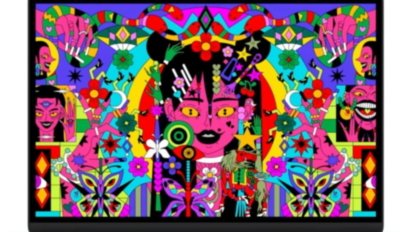After the unchanged M1 MacBook Air, Apple finally gave its most popular laptop a redesign. The M2 MacBook Air continues to be fanless despite being thinner and more performant than ever.
Apple also upgraded the 13-inch MacBook Pro with the M2 processor during WWDC 2022. However, no other changes were made to the machine, and even the Touch Bar remained.
A year later, Apple introduced the 15-inch MacBook Air with M2 during WWDC 2023. It is simply a larger version of the 13-inch model with very little feature differentiation.
The M3 MacBook Air was released in March 2024. Both the 15-inch and 13-inch models were updated at the same time, pushing the M1 model out of the lineup.
M2 MacBook Air 13-inch features
The 2022 MacBook Air has been rebuilt with Apple Silicon in mind, thanks to the power and efficiency of the M2 processor. The design is closer to a 14-inch MacBook Pro with more curves, a notched display, and a flat casing.
Design and display
The new case design doesn't have a taper, yet it is thinner than the previous MacBook Air at its thickest point. It is a uniform 0.44 inches thick compared to the tapered case being 0.63 inches to 0.16 inches.
This makes it Apple's thinnest MacBook yet since it is even thinner than the 14-inch MacBook Pro, which is 0.61 inches thick. Despite being thinner and lighter, it has the same 18-hour battery life as the previous model.
The M2 MacBook Air is available in four colors — Silver, Space Gray, Starlight, and Midnight. Rumors suggested Apple would have more colors similar to the 24-inch iMac, but Apple kept it simplified.
The display also improved since it has thinner bezels and a notch. This allowed the display to get slightly bigger — growing to 13.6 inches from 13.3 inches.
The Liquid Retina display is 2560 by 1664 pixels with 500 nits of brightness, P3 gamut, and True Tone. The larger and brighter display are minor changes overall, and users may not see a big difference across generations.
Keyboard and trackpad
The Magic Keyboard for the MacBook Air has been upgraded with full-height function keys. The Touch ID sensor is embedded in a larger full-sized key in the top-right of the keyboard.
Apple introduced the new keyboard design with the 14-inch MacBook Pro after removing the Touch Bar. The backlit keys are set within an aluminum keyboard well, color-matched to the rest of the MacBook Air.
The Force Touch trackpad continues to take up a large expanse underneath the keyboard. Users can press into the trackpad to use features like peek-and-pop across macOS.
The M2 Processor
The M2 is the start of the next generation of Apple Silicon. It is built with 5-nanometer technology, has an 8-core CPU, and up to a 10-core GPU.
The base model M2 MacBook Air ships with an 8-core CPU and 8-core GPU. The 10-core model is $300 more expensive but is configured with double the storage — 512GB versus 256GB.
The CPU is 18 percent faster than the M1, thanks to more densely packed transistors in a slightly larger package. The GPU can be up to 35 percent faster when upgraded to the 10-core variant.
Apple also included the Media Engine in the M2, which was originally introduced in the M1 Pro and M1 Max. This special portion of the processor accelerates video workflows like encoding and decoding, so apps like Final Cut Pro are much more performative.
Users also get the ability to max out the M2 MacBook Air with 24GB of RAM and 2TB of storage. All of this is packed into a fan-less enclosure that weighs only 2.7 pounds.
Webcam, audio, and ports
The webcam is upgraded to a 1080p FaceTime HD camera. If that isn't quite enough, a macOS Ventura feature called Continuity Camera enables using the iPhone camera as a Mac webcam.
Apple also updated the microphones to a three-mic array. This enables improved beamforming audio capture, so background noise is more efficiently captured.
There is a four-speaker sound system with Spatial Audio, so music and video playback can take on a 3D effect. The two tweeters and two woofers can make audio sound like it is coming from multiple directions around the user.
The port arrangement is nearly identical to the M1 model. There are two Thunderbolt ports, a headphone jack, and a newly added MagSafe port.
The two Thunderbolt ports are on one side, support the Thunderbolt/USB 4 standard, and use a USB-C shaped port. That enables up to 40Gb/s data transfer rates.
The MagSafe port enables users to charge their MacBook Air while using both Thunderbolt ports for peripherals and docks. It is rated to fast charge the MacBook Air when connected to a power source of 67W or greater.
Battery life
The 13-inch MacBook Air is rated at 15 hours of battery life when browsing web content at middling brightness. That number jumps up to 18 hours for watching a video in the Apple TV app.
Surprisingly, Apple ensured this battery life rating would be identical for the larger 15-inch MacBook Air. It has a larger battery to balance out the larger display but has the same ratings.
M2 MacBook Air 13-inch compared
We take a look at what makes the M2 MacBook Air different from Apple's other options, and why customers may choose one over the other.
M2 MacBook Air vs 12.9-inch iPad Pro with M1
The M2 MacBook Air and 12.9-inch iPad Pro fit within similar price ranges and have mostly interchangeable functionality. While macOS will offer more versatility in software, the iPad has more versatility in hardware.
The iPad Pro with Magic Keyboard weighs 3.1 pounds, heavier than the 2.7 pound MacBook Air. The iPad Pro is also thicker when set in the Magic Keyboard.
However, the MacBook Air is stuck with its built-in keyboard, and the display can't be removed. The iPad, in this case, is more versatile for being a modular tablet system that can pair with different accessories or be used with touch.
The M2 in the MacBook Air is more performative than the M1 in the iPad Pro, and contains the Media Engine. So, anyone working with video may want to consider the MacBook Air instead.
Since the 12.9-inch iPad Pro is at the top of its product line, and the M2 MacBook Air at the bottom, there are several hardware quality differences between the two. For example, the iPad Pro display is far superior with mini-LED backlighting and 120Hz refresh rate.
The iPad Pro has three cameras and LiDAR versus the MacBook Air's single webcam. The quality of iPad Pro's cameras are also comparably better than the 1080p MacBook Air webcam.
The port situation is much better on the MacBook Air since it has MagSafe, two Thunderbolt ports, and a headphone jack. The iPad Pro only has a single Thunderbolt port and requires hubs to get similar connectivity.
Even with those hardware differences, the MacBook Air may be the safest option for many users. It has access to a wide variety of pro software, including Final Cut Pro and Logic.
For those looking for a more forward-looking computing platform and a wider variety of use cases, the iPad Pro is a great choice. Though, the user should go into the purchase understanding what they can and can't do with an iPad. These limitations are reduced with iPadOS 16, but not completely alleviated.
Also, the price of an iPad Pro, Magic Keyboard, and Apple Pencil will quickly run much higher than a MacBook Air. With the M2 MacBook Air, you get everything you need to run it as a laptop out of the box with a single price tag.
The decision comes down to the use case. For example, artists who draw will want an iPad Pro, while videographers may be better off with a MacBook Air.
M2 MacBook Air review
The redesigned Macbook Air with M2 processor makes it the best option for customers seeking a new laptop. Its fanless design won't inhibit most workflows for most users, so this will be the best way to experience the M2, for now.
The new design takes on similar characteristics to the 14-inch MacBook Pro, and without the sloped case, it doesn't look like a MacBook Air anymore. Despite that, it still takes up a relatively similar footprint since its uniform 0.44-inch thickness is thinner than the thickest point in the M1 MacBook Air.
The port situation is much-improved thanks to the addition of MagSafe. Users can now connect two Thunderbolt peripherals while still providing power, although the Thunderbolt ports still support passthrough charging from a dock if needed.
The display is slightly bigger at 13.6 inches versus 13.3 inches. This was accomplished thanks to shrinking the bezels significantly, but that also means Apple needed to add a notch to include a FaceTime camera.
The camera was upgraded from 720p to 1080p, plus the M2's image signal processor makes for a better image overall. This is a welcome upgrade, especially for those still stuck in Zoom calls all day in their home office.
The M2 processor has improved in almost every metric with more CPU and GPU cores, an added Media Engine, and faster Neural Engine. The Unified Memory bandwidth also increased to 100GB/s, though we'd have liked to see a number closer to 200GB/s found in the M1 Pro.
The fanless design does introduce some thermal limitations for sustained workloads. However, users who buy a MacBook Air don't usually run intensive applications that would reach these limitations. The typical workload for a MacBook Air, like writing a report, editing video from an iPhone, or playing an Apple Arcade game won't come close to pushing the M2.
We ran all of the usual benchmarks for our review and found the results in line with the 13-inch MacBook Pro, as others have. The slower read/write speeds found in the 256GB storage model are present, but we advise buyers upgrade to a higher storage option at purchase.
Other small upgrades include better speakers and fast charging with a 67W or greater charger. Apple stuck with WiFi 6 and Bluetooth 5.0 despite newer versions being available.
Overall, the M2 MacBook Air is the best portable Mac you can buy running an M2 processor as of the review publication. The only other option is the 13-inch MacBook Pro with its old design and ports, and the "pro" name doesn't give it any real-world advantage.
M2 MacBook Air 13-inch Price Guide
The 13-inch M2 MacBook Air starts at $999. It is available in silver, space gray, midnight, and starlight colors.
Customers can configure the M2 MacBook Air with up to 24GB of RAM and 2TB of storage, maxing out the price at $2,199. Higher-end configurations give the customer a choice of which power adapter to include with the order, either a 35W dual USB-C Compact Power Adapter or a 67W USB-C Power Adapter.
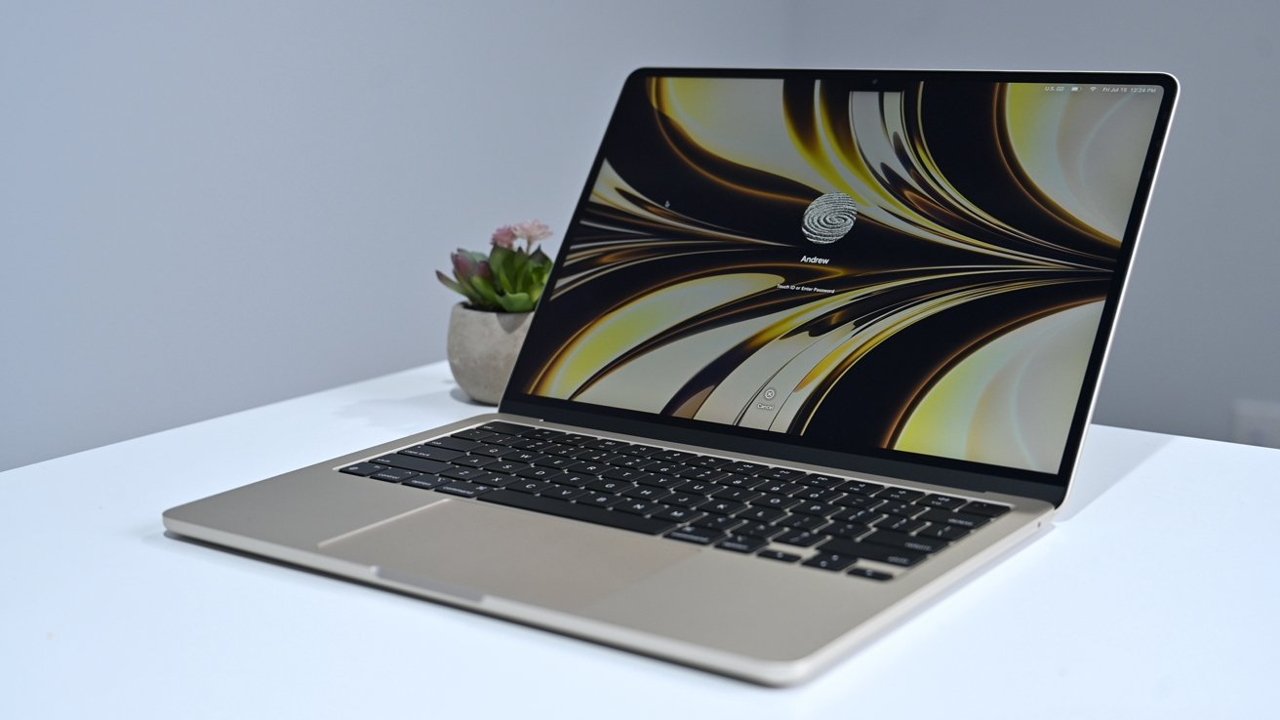
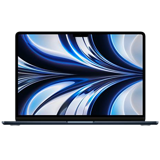
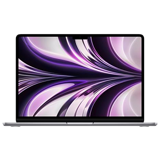
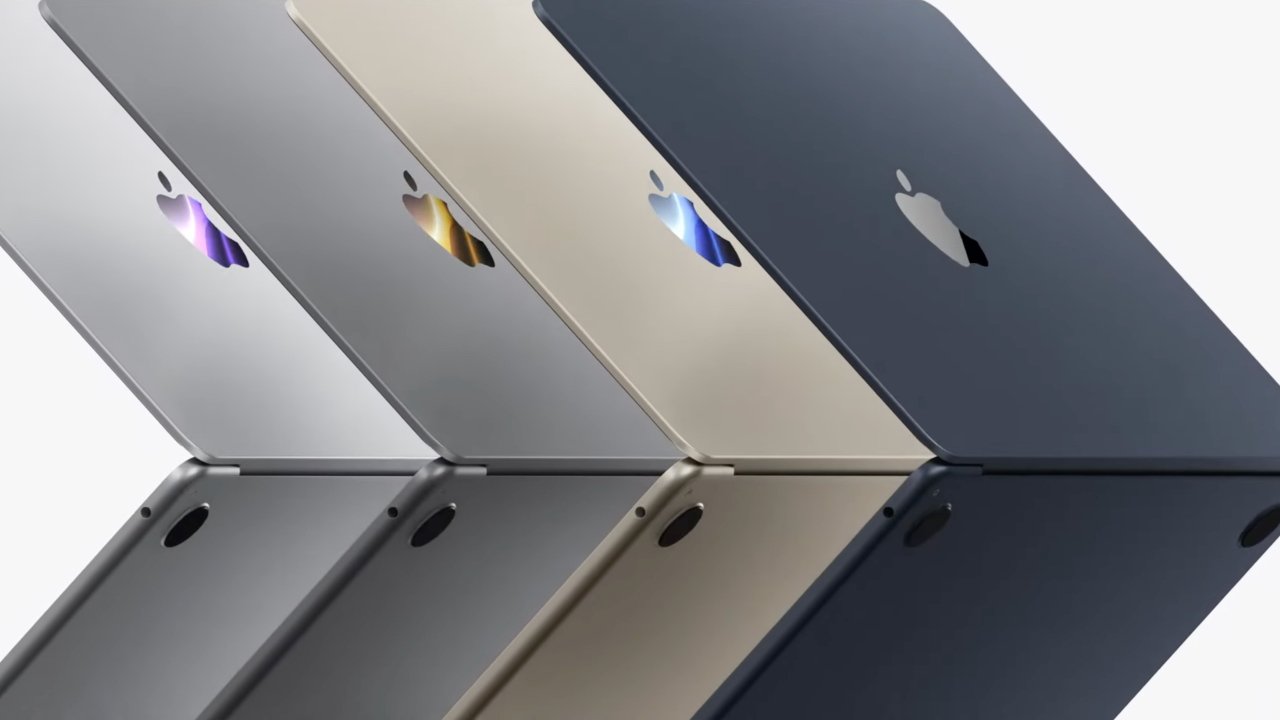
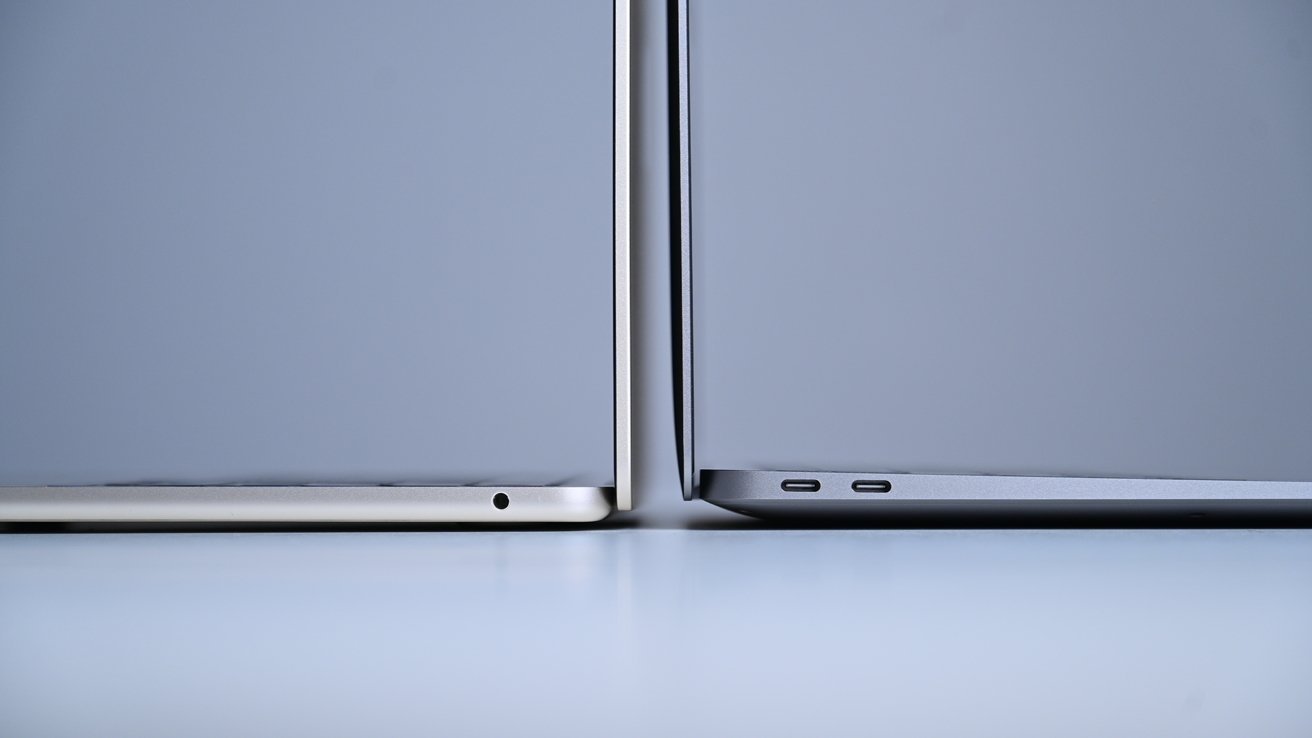
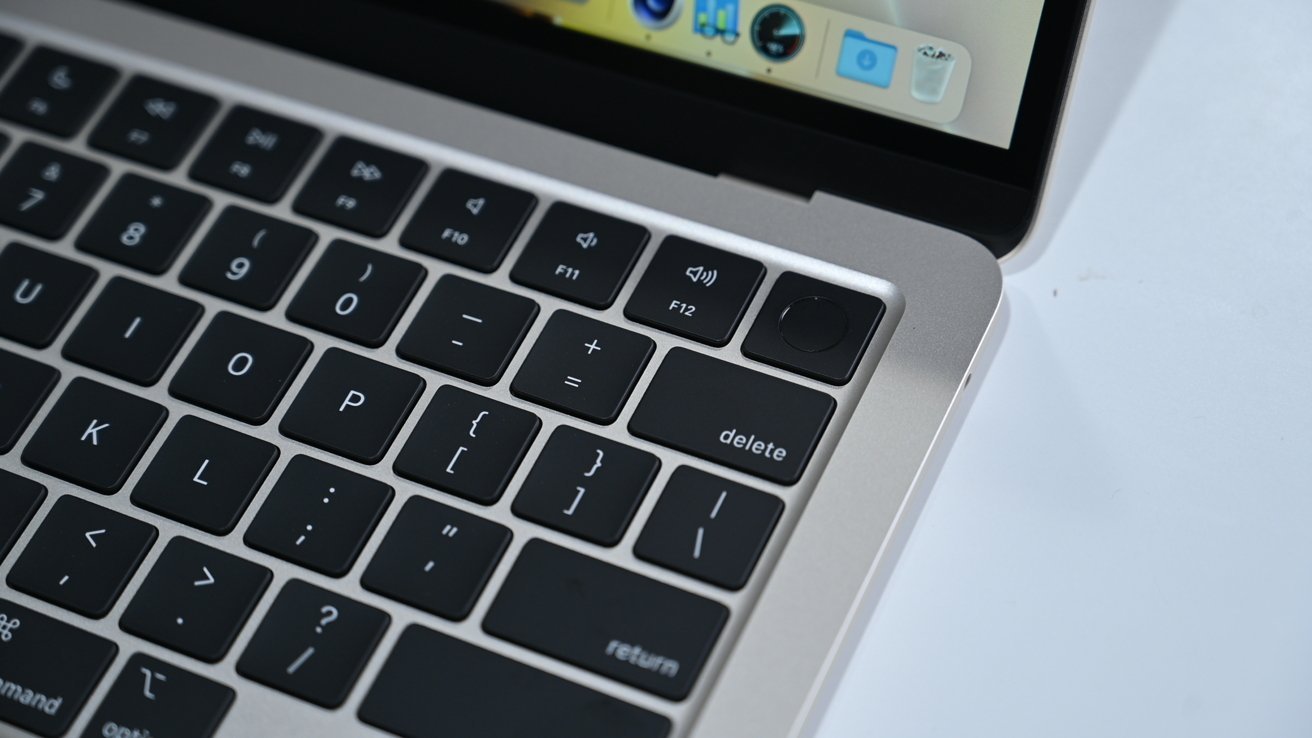
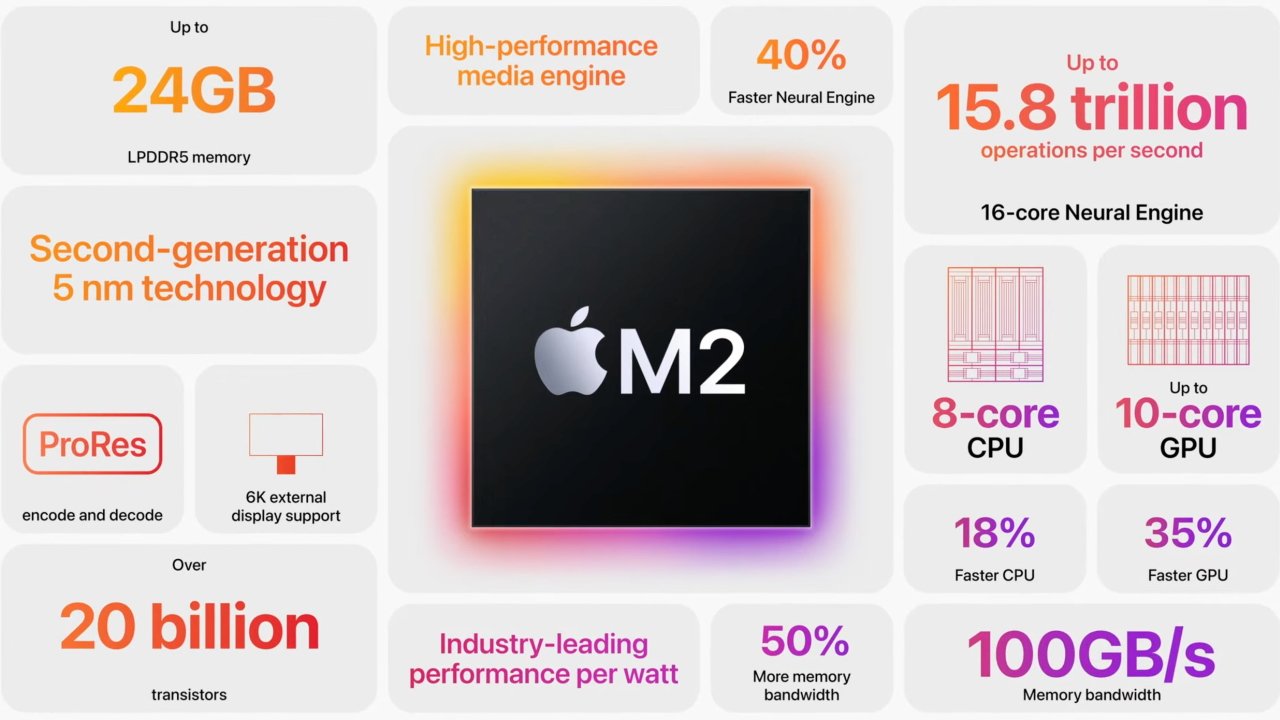
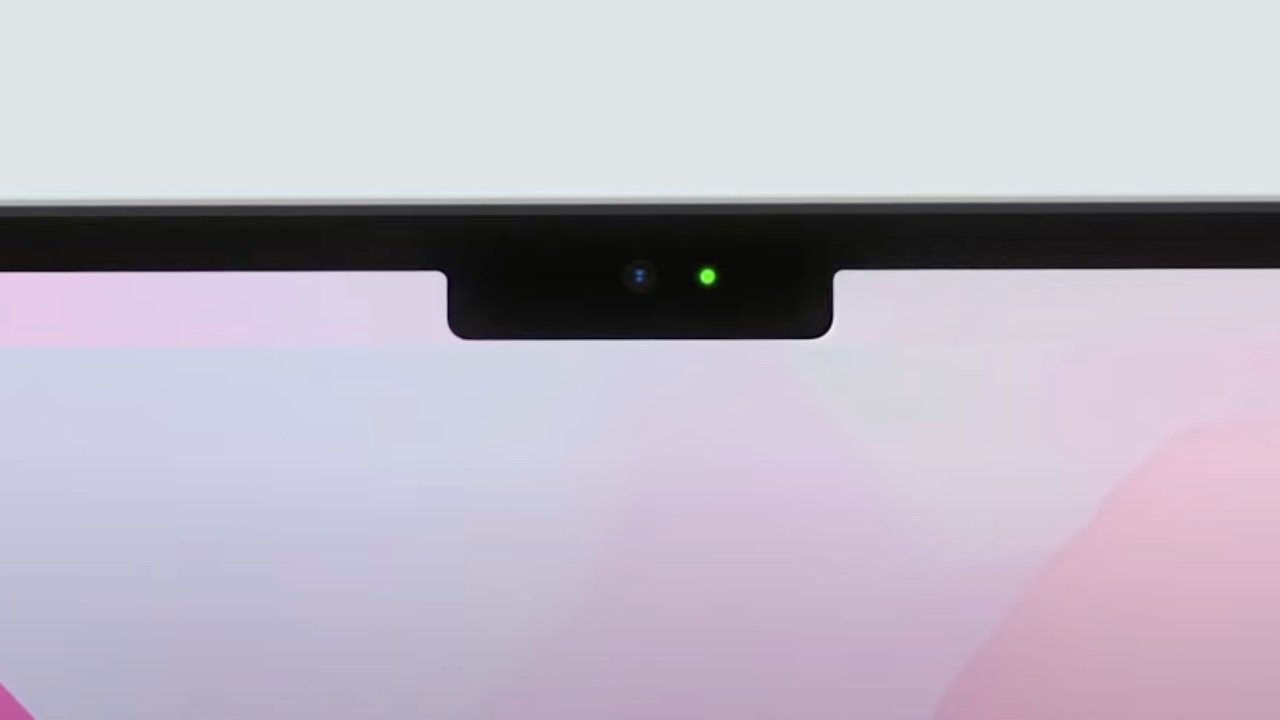
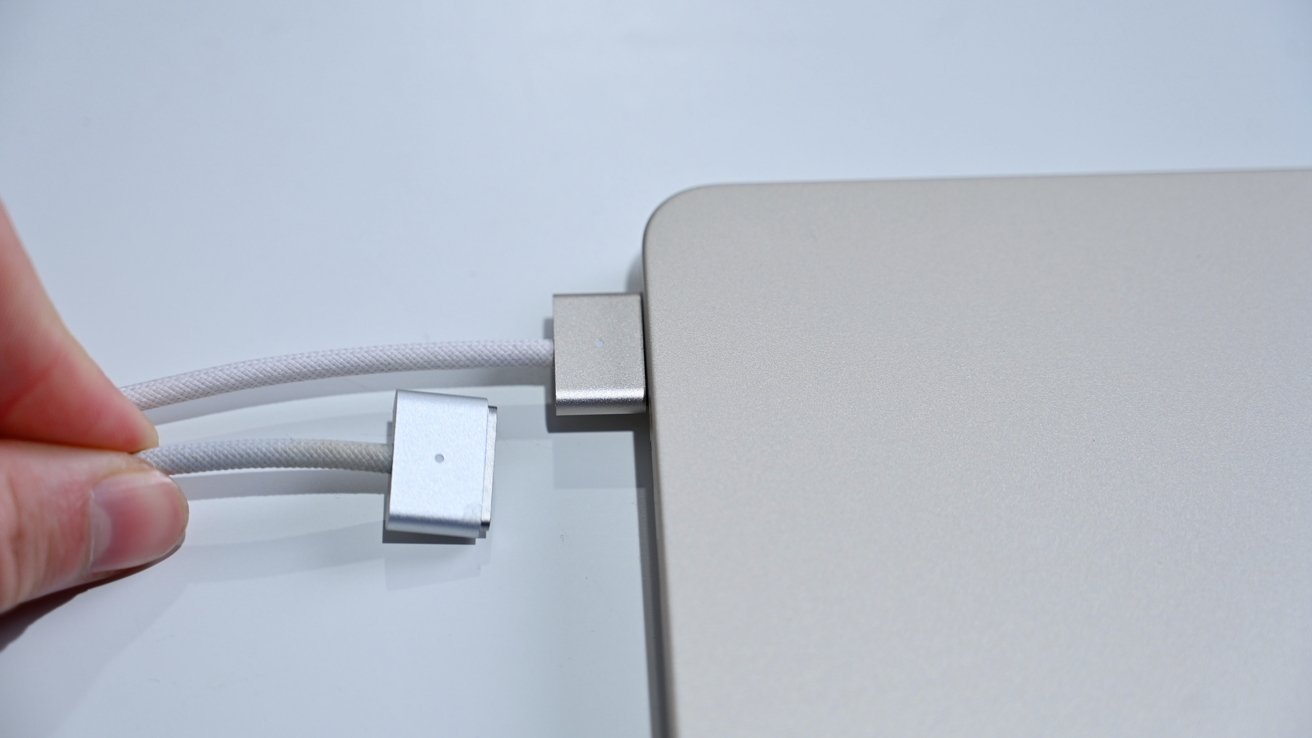
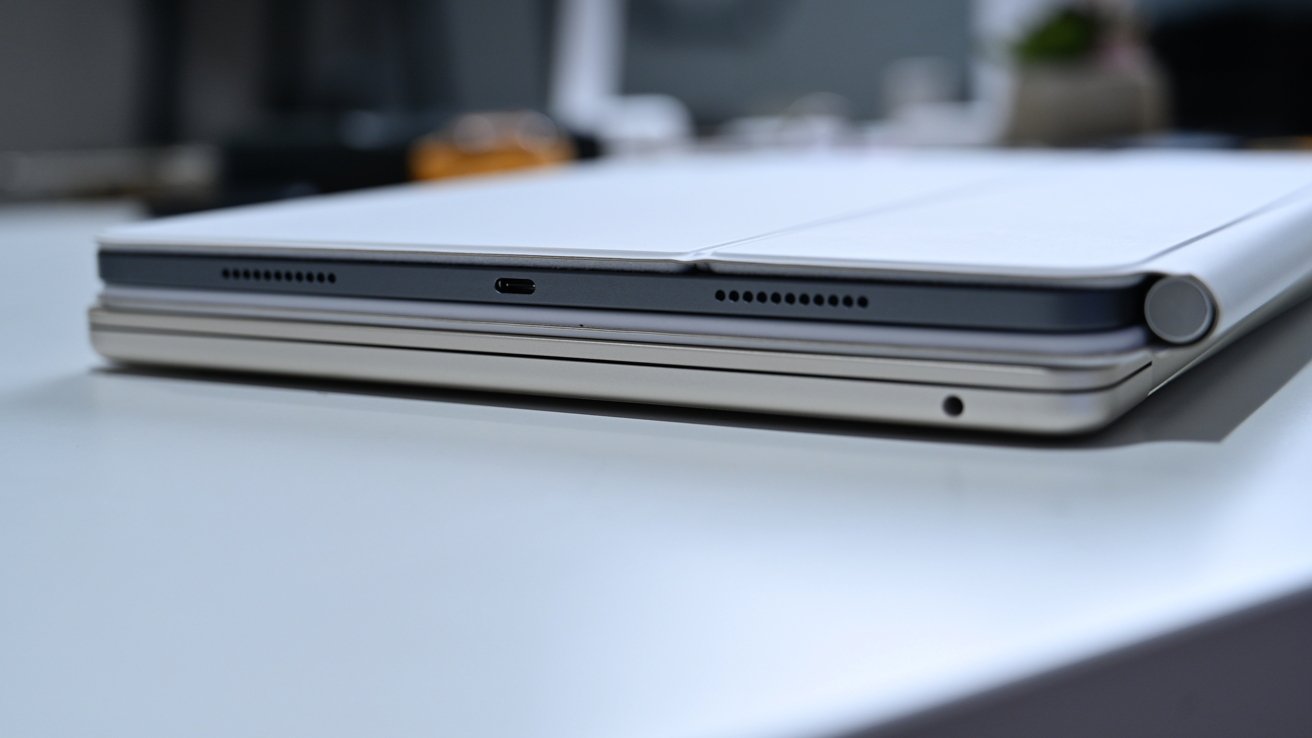
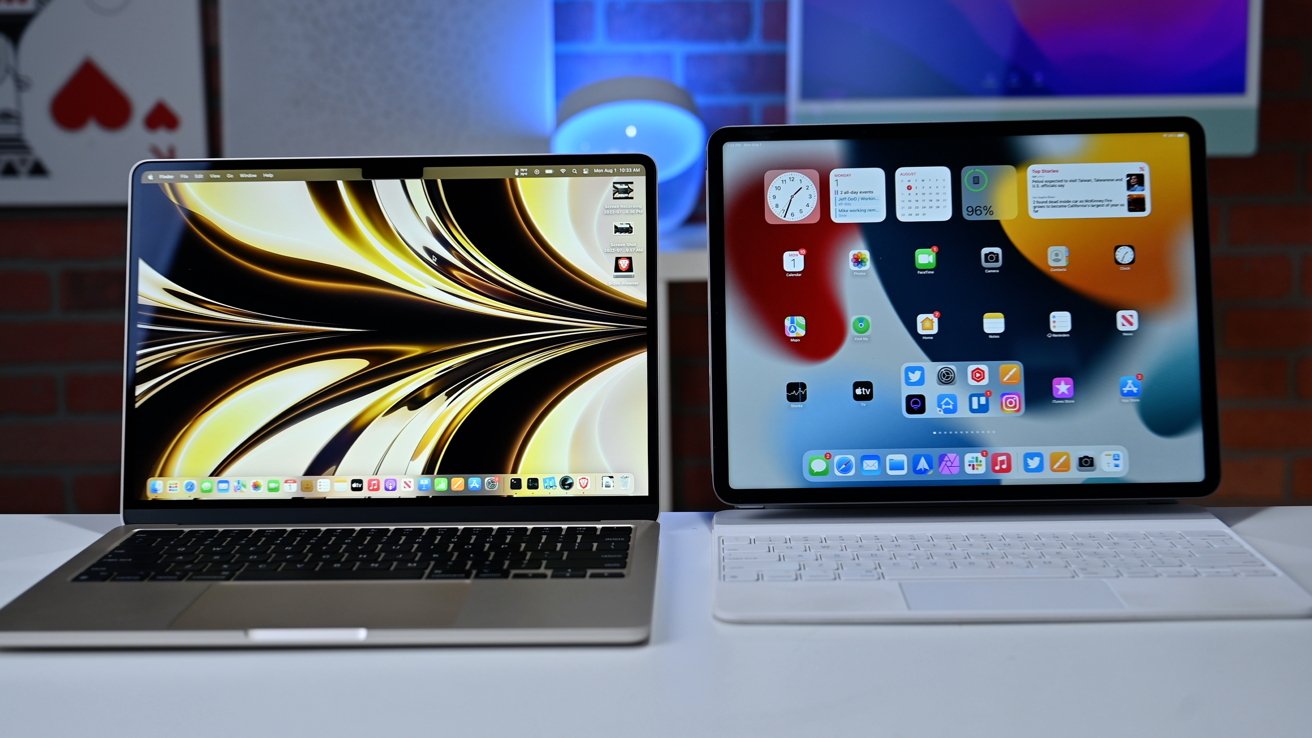
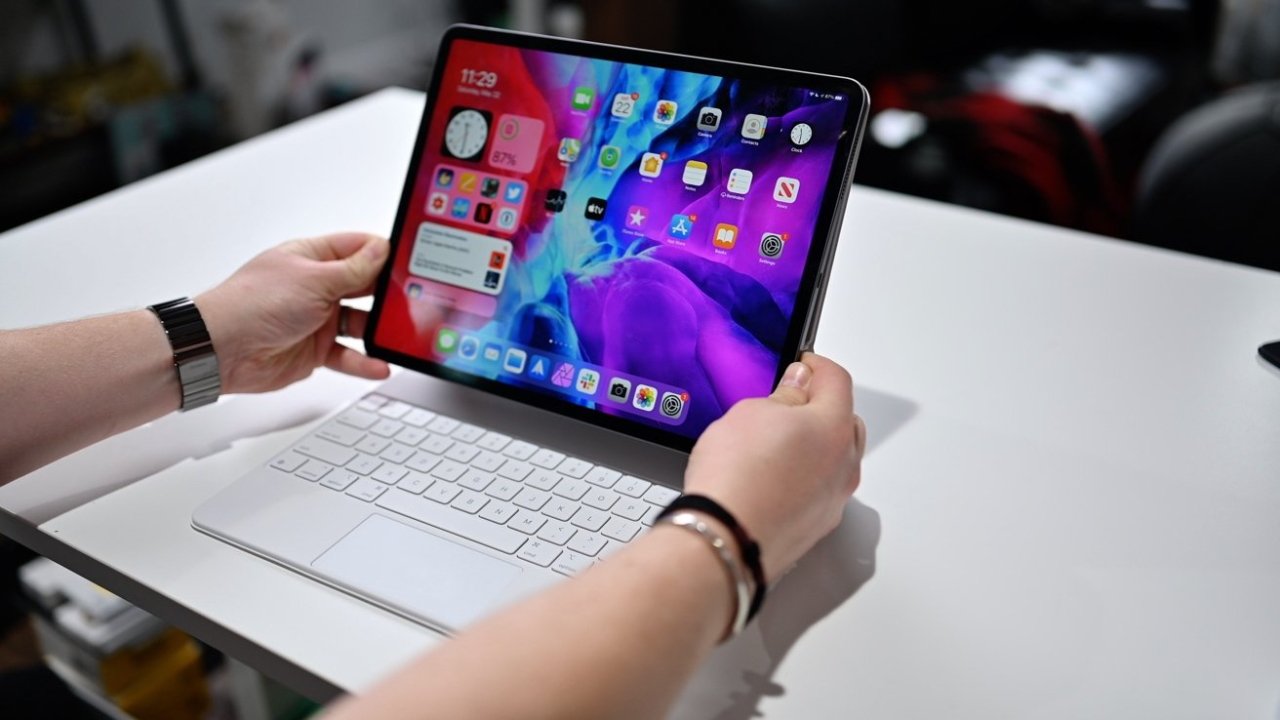
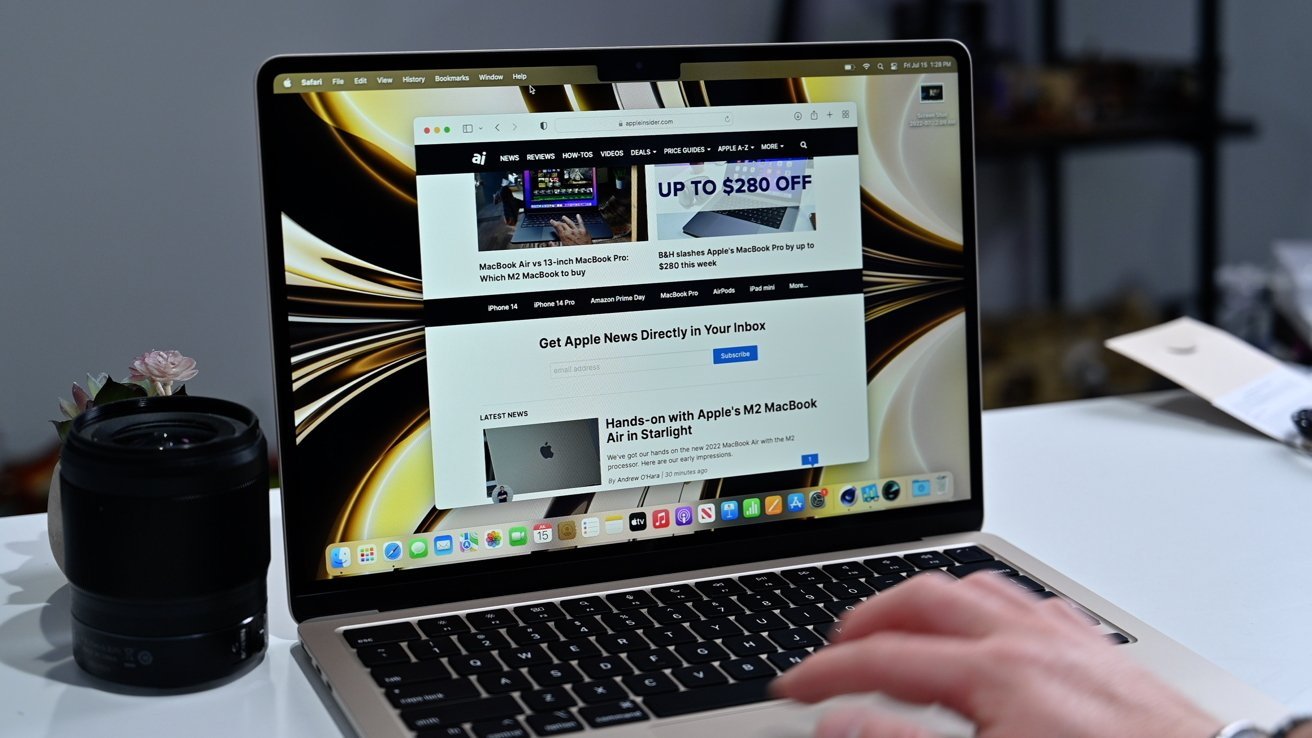
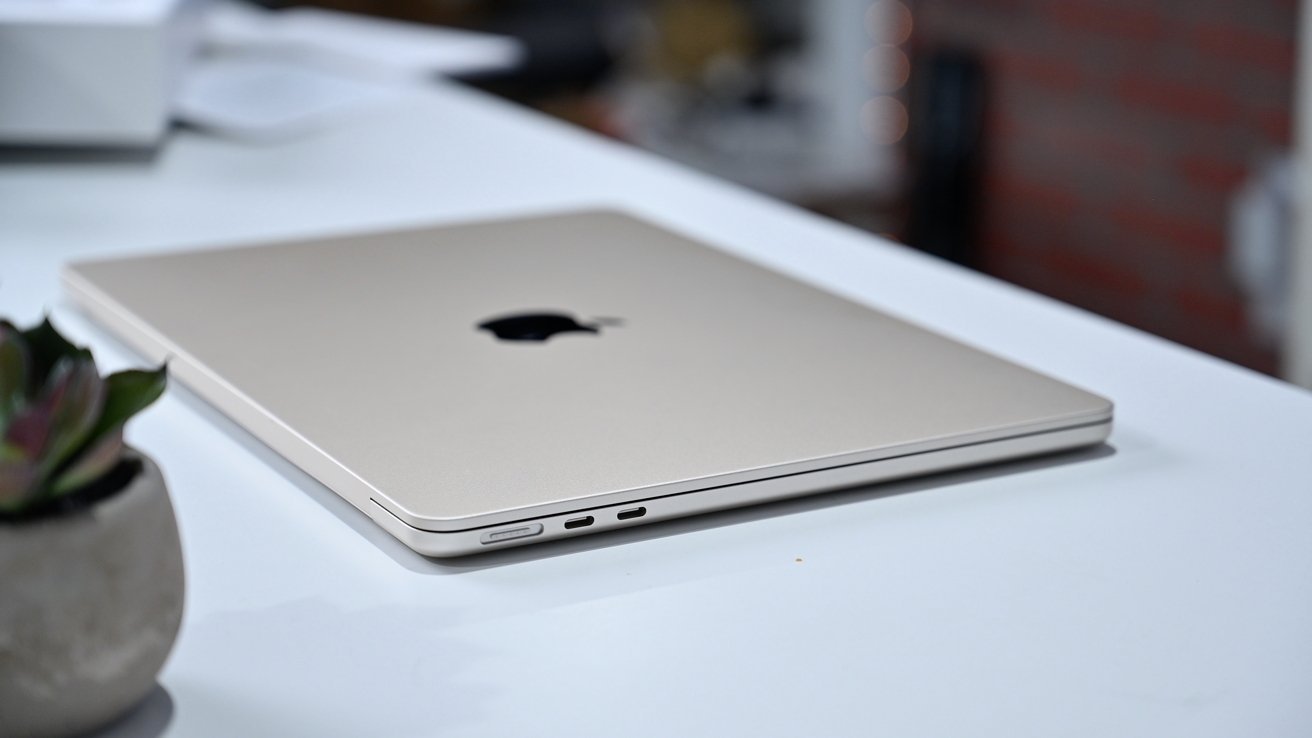

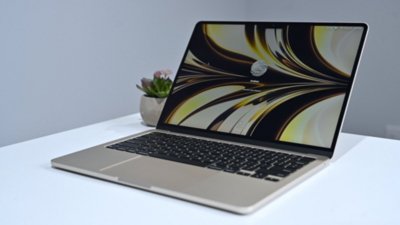
 Wesley Hilliard
Wesley Hilliard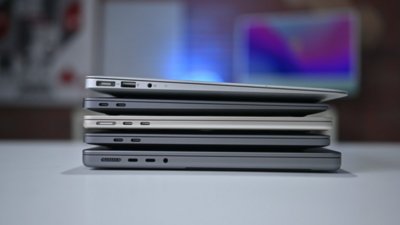

 William Gallagher
William Gallagher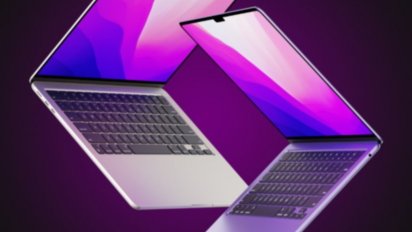
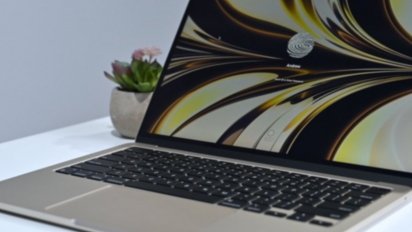
 AppleInsider Staff
AppleInsider Staff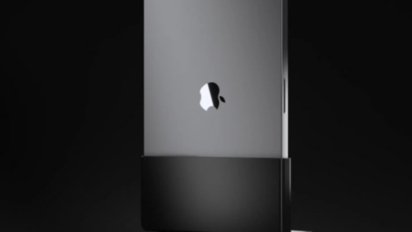
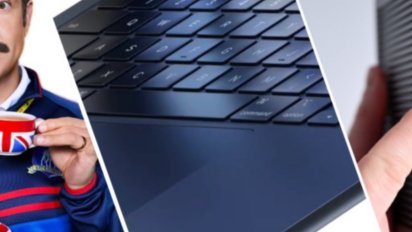
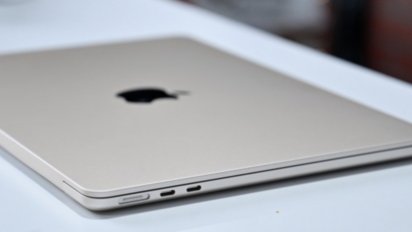
 Andrew O'Hara and Mike Wuerthele
Andrew O'Hara and Mike Wuerthele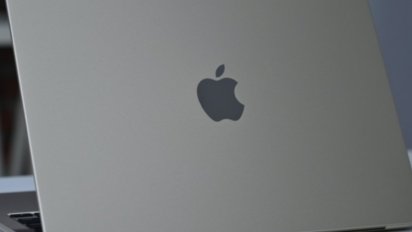
 Andrew O'Hara
Andrew O'Hara